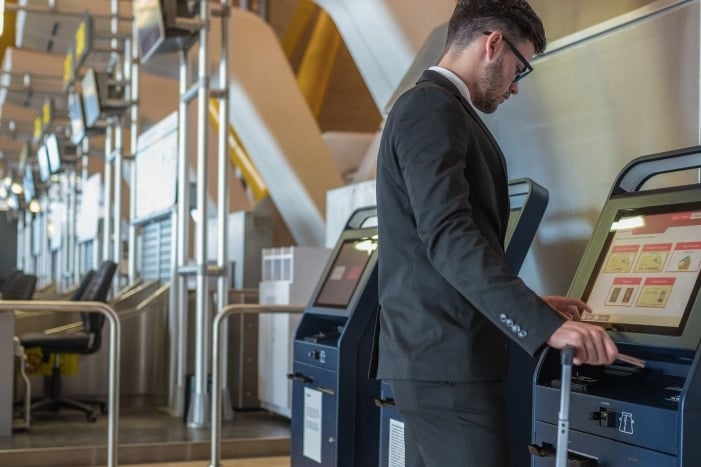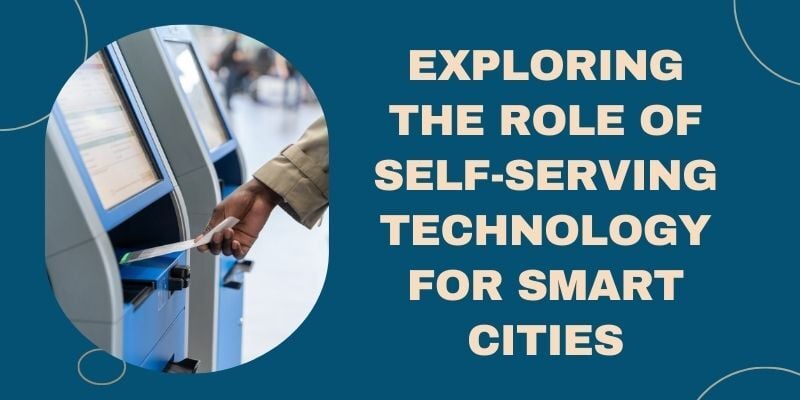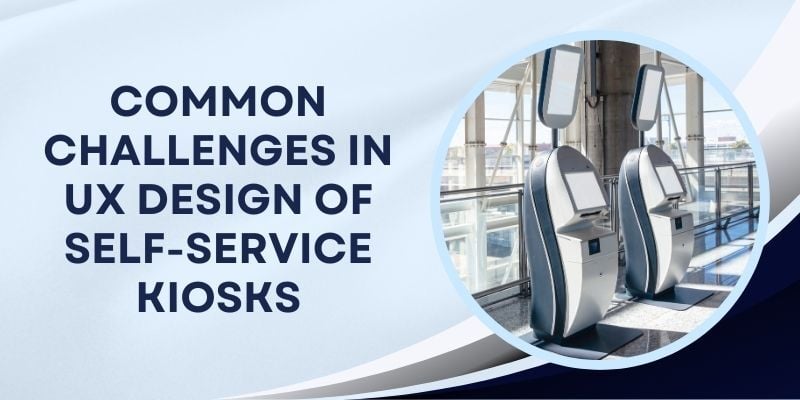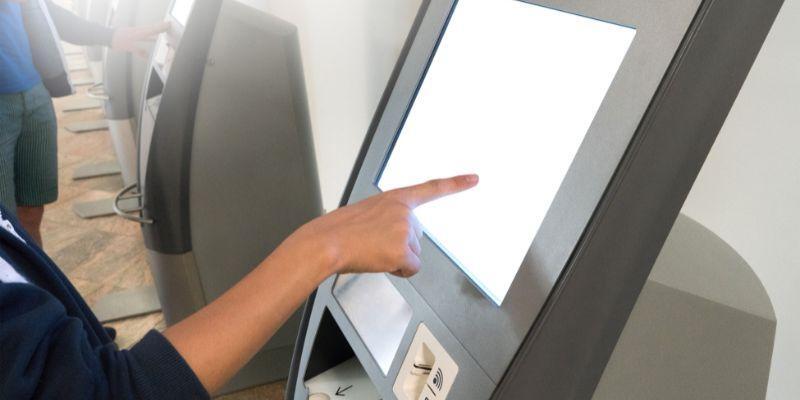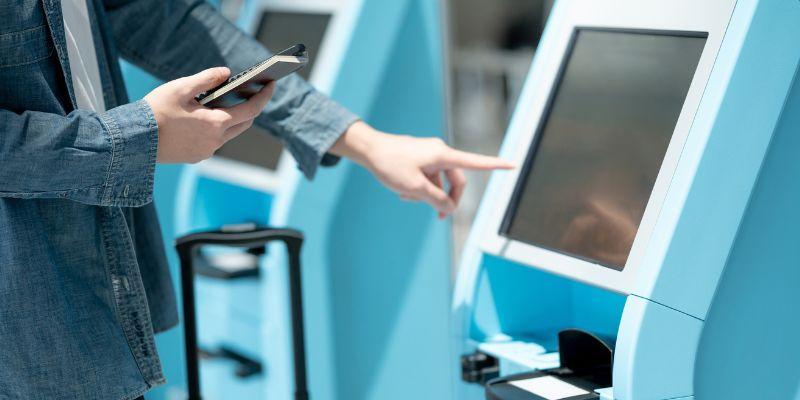In this blog: Learn how to optimize your existing deployment of self service kiosks or develop the optimum strategy for a self service deployment.
Banks, telecom service providers, retail establishments are all shifting towards self service technologies and deploying self service kiosks across various locations to reach a wider customer base and enhance customer experience across the board.
However, since this technology is still relatively new in the mainstream, here are some tips and tricks to keep your self service kiosk deployment running at optimum efficiency and how your business can benefit even more from self service.
Strategic Placement
Where you place your kiosk can determine how much traffic will be routed towards it. For example, a cash deposit machine inside a bank branch will be limited by the bank’s operational hours which in most cases is 9 to 5. However, the kiosk doesn’t need to be placed inside and can be outside the branch next to an ATM or at a secure public location like a shopping mall.
This significantly increases the accessible time of the kiosk since now it won’t be limited by the bank’s operational hours. In a shopping mall, the kiosk is exposed to a whole new market of users as well that may not otherwise have known of its existence.
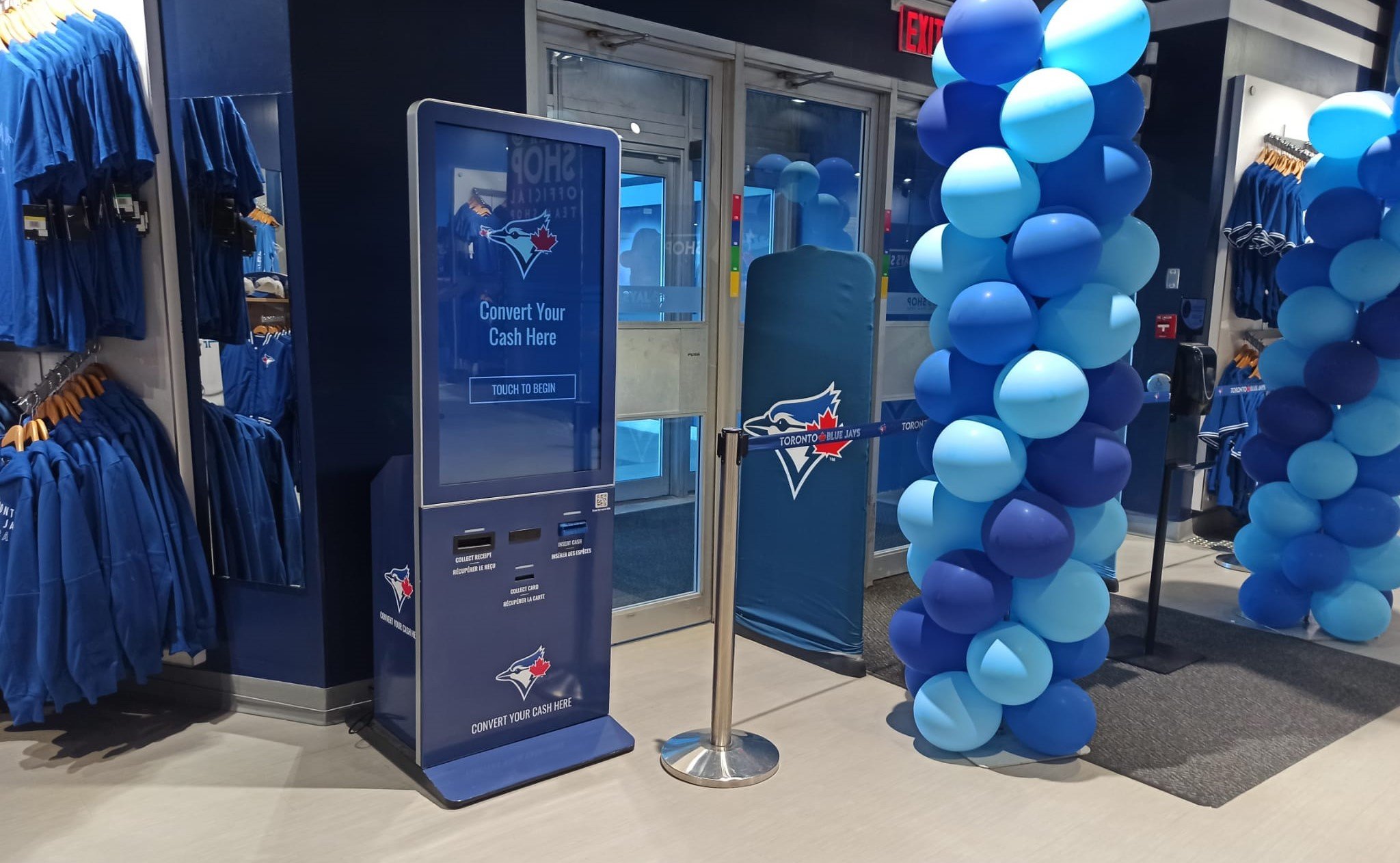
Another example is the strategic placement of SIM dispensing kiosks in airports and public transport terminals. Nations with a high inflow of tourists have a booming telecom industry as tourists require cellular services as soon as they arrive at a location where their existing carrier doesn’t provide coverage. In countries like this, airports and train stations are an ideal location to deploy telecom SIM dispensing kiosks and capitalize on the needs of incoming travelers.
Idle Time
Another mistake businesses with newly installed kiosks make is they don’t utilize the full potential of these freestanding large screen kiosks. They see them as a sales channels, when in reality these kiosks are also an excellent digital signage and prime real estate for advertisements. When idle, these kiosks can effectively be used as billboards with the ability to run multiple advertisements in video format too.
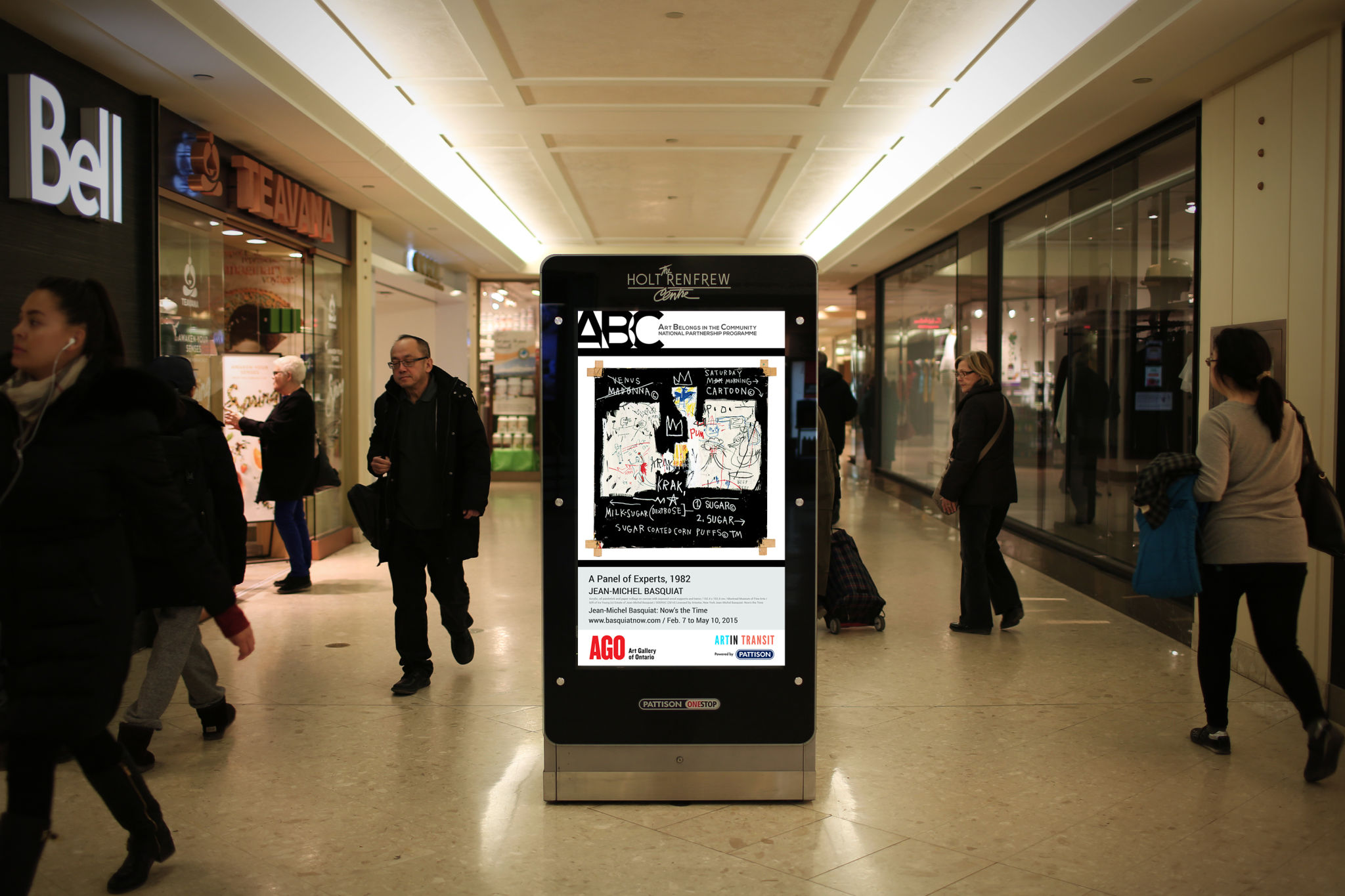
Businesses can sell this space to advertisers and capitalize even further on their digital self service kiosks, especially if they have a deployment of multiple kiosks in areas with heavy footfall. Most self service solutions providers will you give you the option to equip the kiosk with a proximity sensor so the kiosk knows when to switch to idle mode and when there’s a customer right in front of it so it can switch to service mode.
Expand Your Network of Sales
Deploying self service technologies in locations where your physical stores aren’t present is a new strategy businesses are using to capitalize markets where their customers are, but they aren’t. This is a very cost effective way to increase your network of sales and expose your products and services to new markets with high potential of sales.
Test New Markets
Some markets have barriers to entry such as expensive real estate and there’s also a risk factor associated with opening up a new store in a previously untapped market. For this purpose, self service kiosks in public locations such as shopping malls and city centers are a great way to test new markets and gauge customer sentiments. If the test is successful, the business may choose to invest more into that market by deploying more kiosks or investing in a physical store.
Treat it as a Primary Channel
Certain companies have bought self service kiosks and deployed them at some locations without really investing in developing a proper omnichannel strategy. This means that they’re only diving into self service options because others are but they still rely on their existing channels to acquire customers and make sales. In essence, they’re treating it as a secondary channel of service delivery.
Stay Competitive
In today’s business climate, an omnichannel strategy with focus on alternate delivery channels like self service is the key to remaining competitive in a cut-throat market. If businesses stay myopic and believe they can continue doing business the same way their grandfathers did, they’re in for a rude awakening.
Use The Data
Another area where many businesses fail to capitalize is the data they get from their kiosk deployments. In most cases, self service solutions providers will offer a software interface that can track your all the kiosks in your sales network. This means you are able to view a live status of each kiosk and in many cases each individual hardware component of the kiosk.
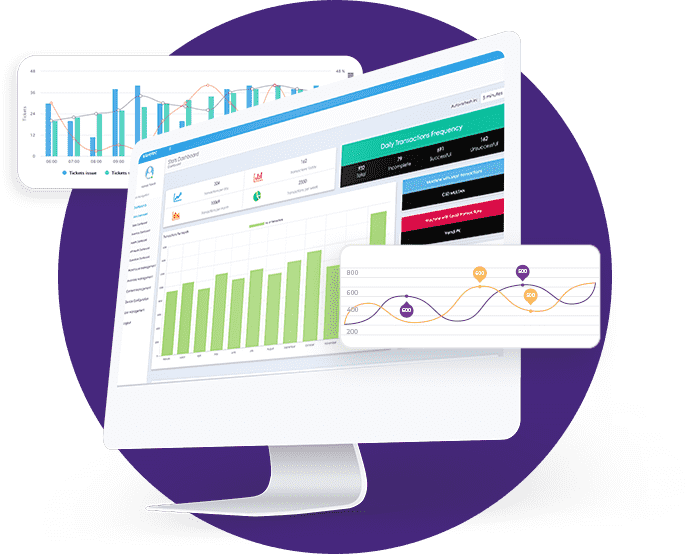
The kiosk software collects and logs all data regarding how the kiosk is being used i.e. what services and products are being purchased/availed, what is the dollar value of each order, what is the service time per customer and so on.
Business Intelligence & Data Analytics
With this data, the business can calculate important KPIs like average order value, average customer wait time, most purchased service, sales performance and so on. This data is very valuable as it helps make important future decisions such as which products to promote and which to discontinue, where to invest more money and where to save costs.

This data is often displayed in an easy to understand dashboard and the kiosk software will in most cases calculate the KPI data also. One such advanced kiosk operating system is ViaOS which has all the features and benefits one would ever need from such a software.
Maintenance
Timely maintenance is the key to making sure that your network of self service kiosks stays up and running so that your customers never have a chance to complain. With new technology like these kiosks it is important to follow the manufacturer provided guidelines when conducting maintenance because of proprietary equipment and practices.

Software updates are another crucial element to keeping your kiosk up and running and also a common point of failure for many self service kiosks and machines.
The Woes of Third Party Software
How often have you seen a blue screen virus on a digital signage or a self ordering kiosk at a restaurant? The usual cause of these vulnerabilities is that businesses will buy the kiosk hardware from a different manufacturer and get the software from a third party. Because of this, the software and hardware have trouble integrating and the system is left with loopholes that can be exploited by hackers and bad actors.
This is why most experts in digital self service recommend that you go to a self service solutions provider that manufactures and offers their own complete hardware and software solution. These all-in-one solutions providers offer you all the hardware & software support you need and offer unlimited customization with their solutions.
Azimut Self Service
Azimut is a self service solutions provider that focuses on bringing you the best end to end, innovative solutions available in this ever growing industry. Azimut is part of the Wavetec Group, serving some of the largest banks, telecoms and mobile financial services providers in North America, Africa, and Central & Southeast Asia.

BOOK A FREE DEMO

